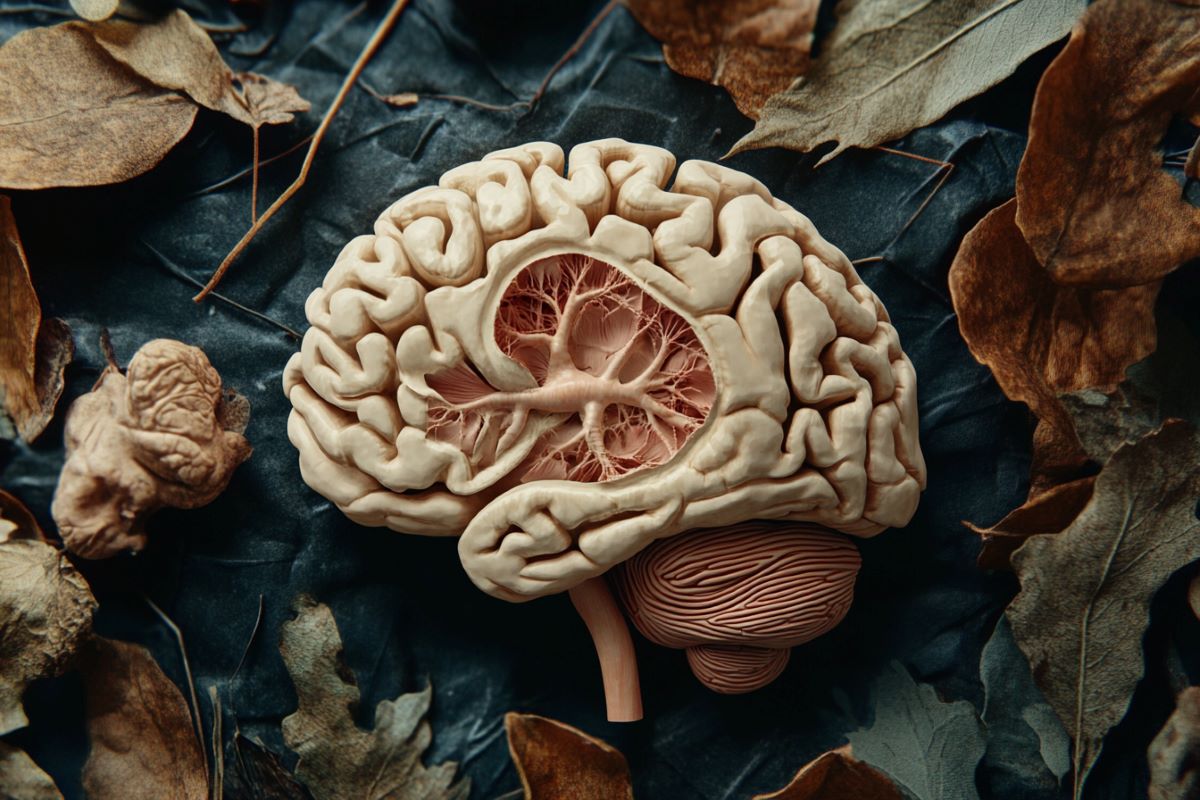How will your competent? doctors get this mimicked post stroke to encourage dendritic branching and axon pathfinding to get your neurons to reroute around damaged areas?
Look at that, over a decade for your competent? doctor to get solutions for this! Did they?
axon pathfinding (35 posts to March 2012)
dendritic branching (38 posts to February 2012)
neurite outgrowth (29 posts to January 2012)
- netrin-1
(4 posts to January 2012)
Push-and-Pull Signals Direct Neuron Migration in the Developing Brain
Summary: Scientists have uncovered how developing neurons migrate from the germinal zone, a process critical for proper brain circuit formation. They identified a “push-pull” system where the guidance molecule Netrin-1 repels differentiated neurons, while the ubiquitin ligase Siah2 prevents premature migration by degrading essential proteins.
The interplay of these signals creates a coincidence detection circuit that precisely regulates neuron movement and direction. Super-resolution microscopy revealed how proteins like Pard3 and JamC enable the coordination of adhesion and guidance signals.
Key Facts
- Push-Pull Mechanism: Netrin-1 repels differentiated neurons, while Siah2 prevents premature migration by degrading migration-related proteins.
- Coincidence Detection Circuit: Proteins Pard3 and JamC coordinate adhesion and guidance signals to ensure precise neuronal migration.
- Significance for Brain Development: Findings offer insights into how molecular signals drive neuron positioning for proper cerebellum function.
Source: St. Jude Children’s Research Hospital
The journey of a thousand miles begins with a single step, but for developing neurons, this first step relies on collaboration from multiple signaling pathways.
Scientists at St. Jude Children’s Research Hospital used fluorescent imaging techniques to track the sequence of molecular events that kickstart the migration of developing neurons, implicating an intricate circuit of cues in the process.

The findings, which shed light on the processes that ensure proper cerebellum development, were published today in Nature Communications.
Neurons develop in a region of the brain called the germinal zone, but to fulfill their functions, they must travel to other parts of the brain where they are needed to form circuits.
The series of cues telling them to leave have not been fully understood, but David Solecki, PhD, St. Jude Department of Developmental Neurobiology, was well positioned to unravel how these cues come together to kickstart neuron migration.
“In the past, people have looked at important cytoskeletal components and extrinsic signals from outside the cell, which tell neurons when and where to go,” Solecki said.
“But the key challenge becomes figuring out how they are integrated. How do multiple biological pathways come together to orchestrate this germinal zone exit event?”
The results revealed that antagonism between the guidance molecule Netrin-1 “pushing” developed neurons out of the germinal zone and the ubiquitin ligase Siah2 “pulling” undeveloped cells back into the germinal zone is responsible.
This previously unappreciated “coincidence detection circuit” highlights that the interplay of these opposing pathways ensures proper neuronal migration.
Push-and-pull regulates neuron migration
Solecki used super-resolution microscopy to reveal how this two-switch circuit worked. The researchers first noted that differentiated neurons appeared to migrate away from Netrin-1 in the germinal zone. This protein is detected and repulsed by the transmembrane receptor, Dcc.
“Netrin-1 is secreted by the progenitor cells, and it tells the newly differentiated cells, ‘You have to go away from us,’” Solecki explained.
“The differentiated cells are essentially repulsed by their previous cohort of immature neurons.”
A deeper look at the basis of coincidence detection revealed a circuit between Netrin-1–Dcc signaling and two other proteins, Pard3 and JamC. These give Dcc clustering and adhesion cues at sites essential for migration.
Pard3 promotes the movement and localization of Dcc receptors, while JamC anchors them at adhesion sites, enabling effective polarity and adhesion cue integration. This complex balances adhesion and guidance signaling to regulate neuronal migration timing and direction.
This “push” signal is balanced by a “pull” signal, driven by the ubiquitin ligase, Siah2. Ubiquitin ligases facilitate the recycling of defunct proteins. Siah2 is the assigned ubiquitin ligase for Dcc and Pard3.
The researchers demonstrated that Siah2 prevents premature migration of undeveloped neurons from the germinal zone by degrading Dcc, the Netrin-1 sensor, and Pard3, which regulates Dcc and JamC movement.
This degradation precisely controls the interaction of adhesion and guidance cues within the coincidence detection circuit.
The findings provided unique insight into how this collective system forms a coincidence detection circuit, wherein cell–cell contact and Netrin-1 sensing inputs must function for the correct output to be seen.
“With other techniques such as single-cell sequencing, you look at the genes behind the systems, but eventually, the cell biology is something you must figure out,” Solecki said.
“And that’s what this work was about: the intricate interplay of the molecules.”
Authors and funding
The study’s first author is Christophe Laumonnerie, St. Jude. The study’s other authors are Tommy Lewis Jr., Oklahoma Medical Research Foundation; and Maleelo Shamambo, Daniel Stabley, Niraj Trivedi, and Danielle Howell, St. Jude
The study was supported by grants from the National Institute of Neurological Disorders (NINDS), and the American Lebanese Syrian Associated Charities (ALSAC), the fundraising and awareness organization of St. Jude.
About this neurodevelopment research news
Author: Chelsea Bryant
Source: St. Jude Children’s Research Hosptial
Contact: Chelsea Bryant – St. Jude Children’s Research Hospital
Image: The image is credited to Neuroscience News
Original Research: Open access.
“Siah2 antagonism of Pard3/JamC modulates Ntn1-Dcc signaling to regulate cerebellar granule neuron germinal zone exit” by David Solecki, et al. Nature Communications
No comments:
Post a Comment